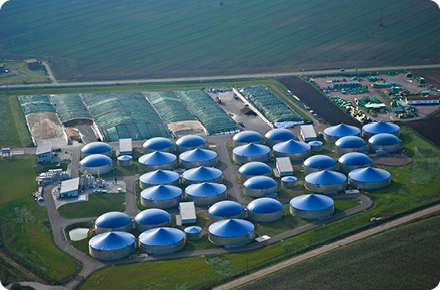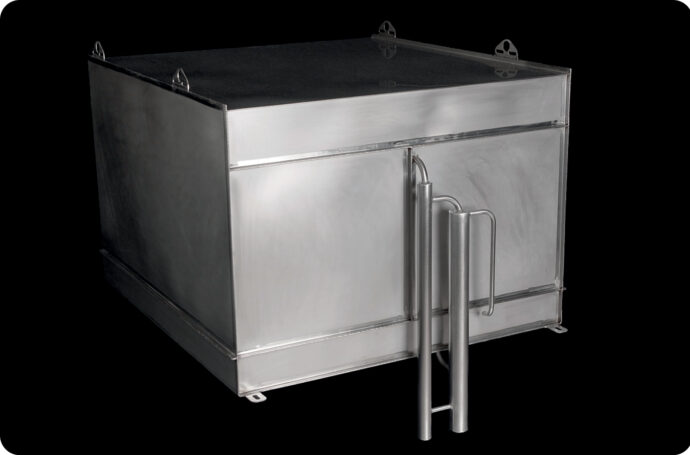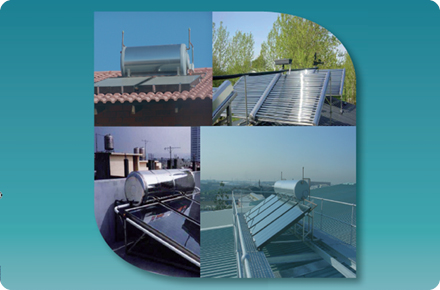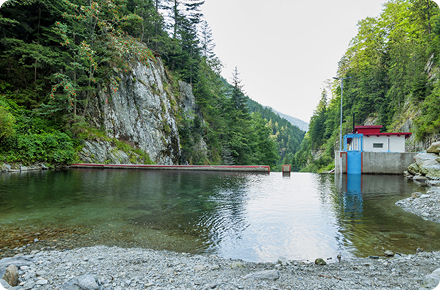A consequence of rapid economic growth and increasing living standards in many parts of the developing world is that the demand for energy is rising faster than ever. When this growing demand is set against the crucial need to limit climate change, the challenges facing the world’s power-generating industries are only too apparent.
Fortunately, new technologies are helping some of the emerging and potentially less-damaging sources of energy compete economically with those established techniques that depend upon the combustion of fossil fuels. Stainless steels have a role to play in many of these new technologies and in this section of the library you will find examples of its use in such important low-carbon or zero-carbon processes as nuclear generation, wave energy, solar panels, geothermal energy and many more.
Where the continued use of fossil fuels is unavoidable, stainless steels can help limit the emissions per Kwh through the use of more efficient turbines and recently-introduced “combined-cycle” generators.
Stainless steel tanks for biogas production
This publication is written for designers and owners of biogas plants and gives information on the design, fabrication and installation of stainless steel biodigester tanks. Much of the information in the brochure was developed during the EU’s Research Fund for Coal and Steel project: Innovative and competitive solutions using stainless steel and adhesive bonding in biogas production (BIOGASS). This was a three year research project which was completed in 2016. The project partners included stainless steel producers, research institutes, universities and a tank manufacturer. Through experimental tests, field trials and numerical analysis, the project generated design guidance for a range of grades of stainless steels which are suitable for application in biodigesters.
Open this document
Published 10 January 2020
Stainless steel in solar energy use
This brochure details current best practice and stainless steel solutions to harness the energy of the sun. It provides designers with information about current stainless steel options for solar energy capture and an overview of the technical properties of stainless steel.
Download the brochure here
Two case studies on stainless steel in solar energy use are also available:
The stainless steel solar facade of a highway maintenance building at Bursins, Switzerland
This brochure introduces a highway maintenance building was developed as a replacement for an existing maintenance building on the same site. The client, État de Vaud, organised an architectural competition for the design of the new building. For the first time in western Switzerland, clear sustainability demands were outlined in an architectural competition. The client demanded that the ecological, energy and economic aspects of sustainability should be considered in the design of the building.
Download here
Stainless Steel Tilted Solar Roof: German Nautical Museum Stralsund
In this case study we want to show how a stainless steel-based solution was used in a photovoltaic application. Thin stainless steel foil serves as a substrate for the photovoltaic cells.
Download here
Published 10 January 2020
Solar energy for a housing estate
In an eco-housing complex in Valdepiélago, around 45 km northeast of Madrid, solar collectors integrated into the roof play a key role in energy supply. In contrast to conventional solar modules, however, the absorber panels here are not made of lightweight or nonferrous cuprous metal, but of stainless steel sheet.
More details are available in English and German [clicking on the language will open the pdf]
Published 10 January 2020
Solar water heaters in ferritic stainless steel
The new millennium brings with it a new level of concern about the ‘cost’ of energy. This means not just the ever-rising financial cost to consumers but the cost to the planet of the way we generate our energy, consume non-renewable fuels and pollute our environment in the process.
Available in English and Chinese [clicking on the language will open the pdf]
Published 10 January 2020
Stainless steel in micro hydro turbines
The necessary development of renewable energy to mitigate climate change has sparked a new interest for micro hydro power, now seen as a necessary part of the renewable energy sources mix. As the sites are usually located in remote areas, local communities are very interested in having a local energy production, which may be a source of revenue and reduce their dependence on big energy providers. For all parts in contact with water, and particularly moving parts, corrosion resistance is essential. This brochure indicates where stainless steels are used for this technology.
Download this brochure
Published 10 January 2020





